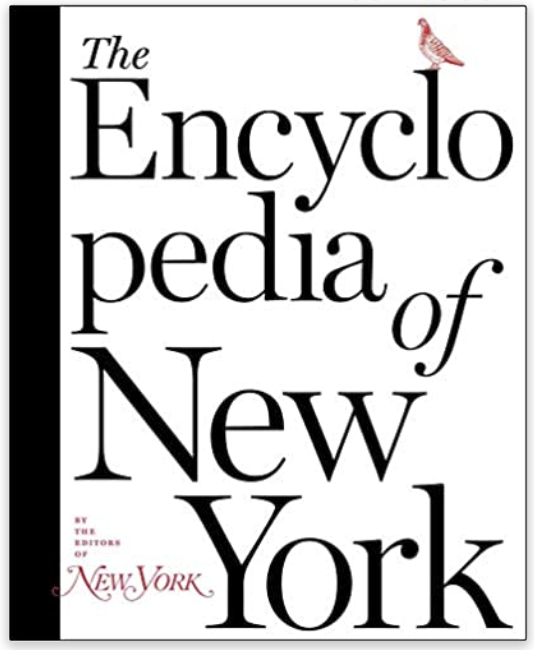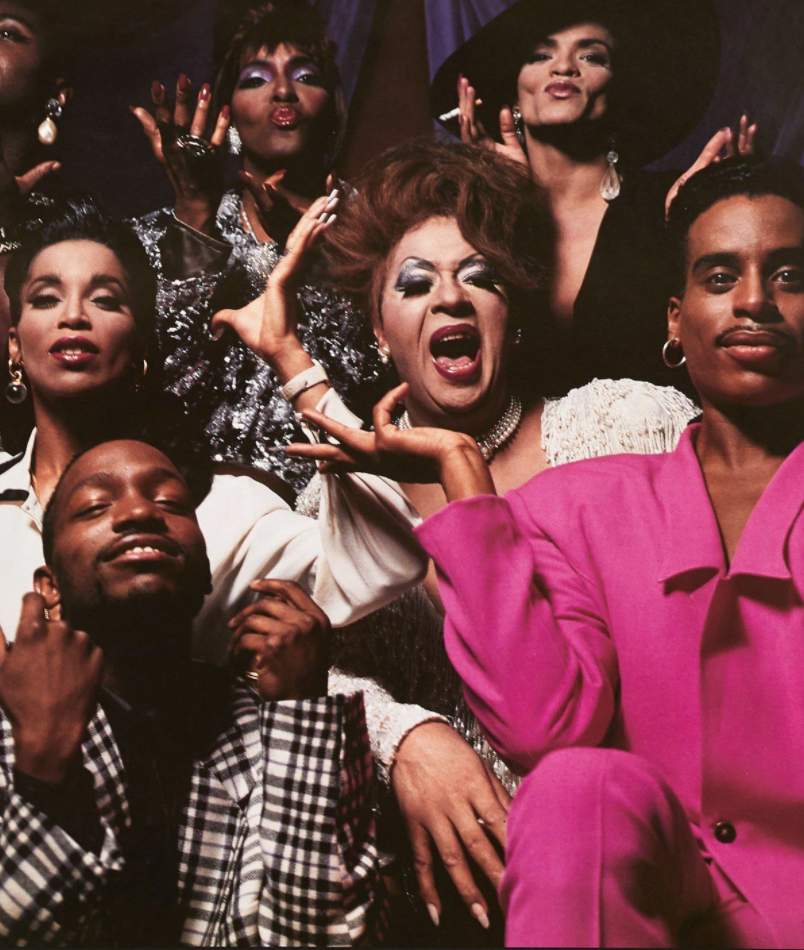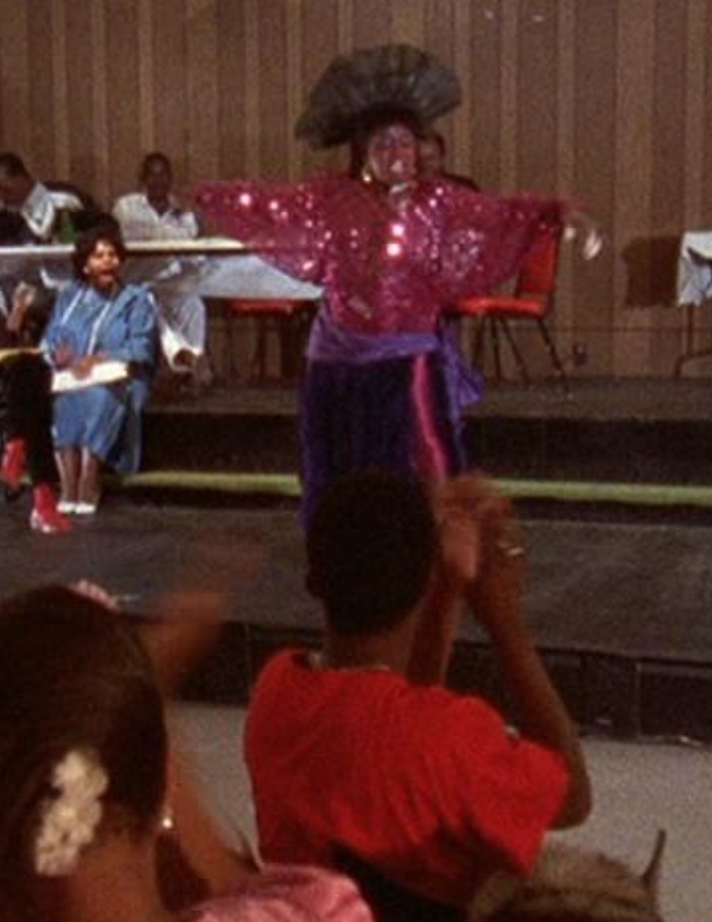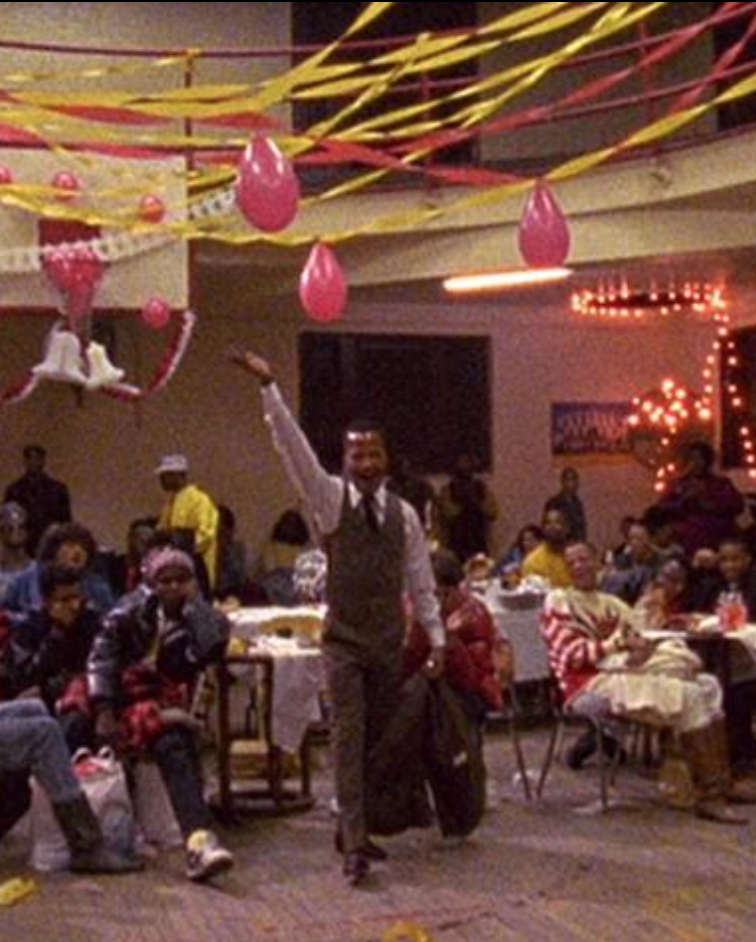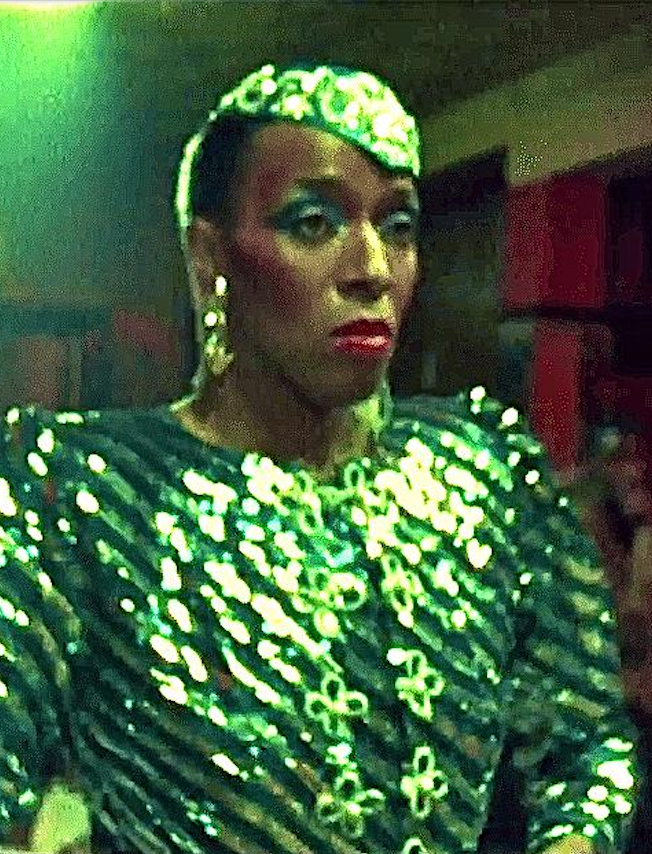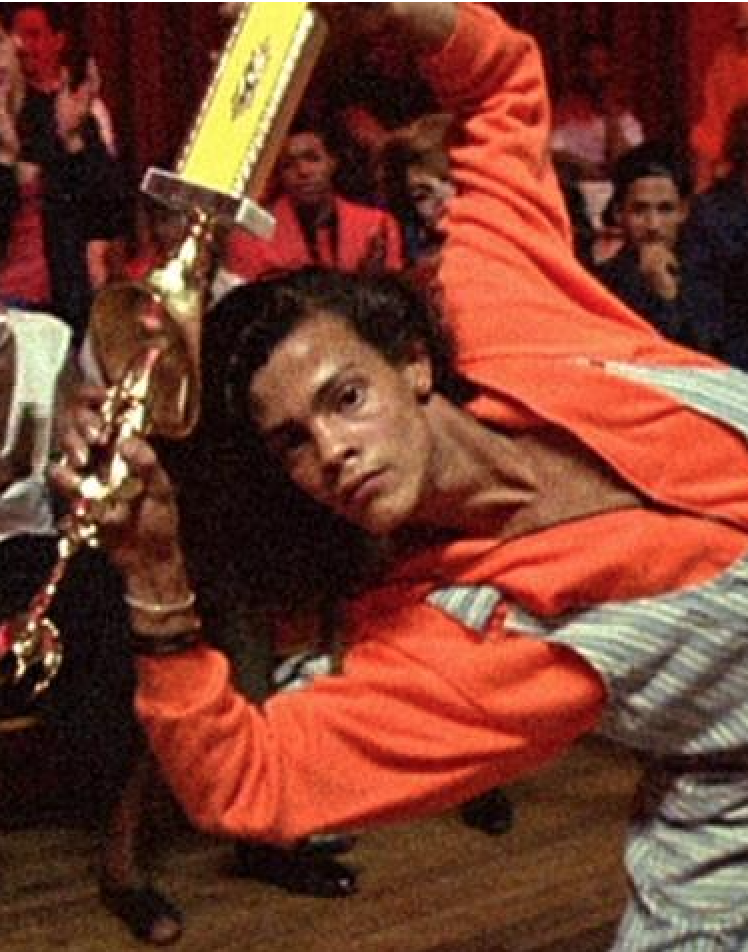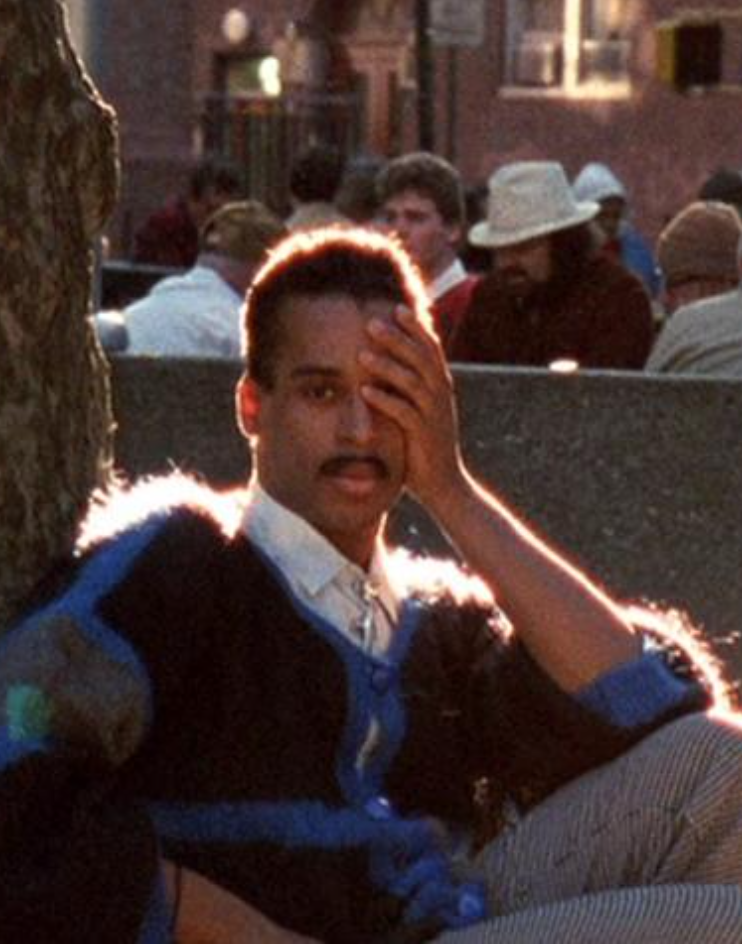BALLROOM & VOGUING
Text by Michael Bullock
Film stills from Paris is Burning
The Encyclopedia of New York, 2020
By the editors of New York Magazine
A brief history of two powerful, queer, New York City born cultural phenomenons
Voguing, an acrobatic competitive dance form which channels the glamourous hauteur of fashion models on the runway, was developed in the Harlem drag balls in the early 80’s. It was the signature invention of the Ballroom subculture, where queer people of color created a parallel world to the one which so often excluded them. Its fierce theatricality ultimately inspired mainstream culture. While forms of vouging had been developing simultaneously Paris Dupree is largely recognized as inventing the art form as it’s know today. In the 2011 book Voguing, David DePino an influential DJ for the Voguing community explains “ At an afterhours called Footsteps on 2nd Ave and 14th street…Paris had a Vogue magazine in her bag, and while she was dancing she took it out, opened it up to a page where a model was posing and then stopped in that pose on the beat. Then she turned to the next page and stopped in the new pose, again on the beat. The provocation was returned in kind another queen came up and did another pose in front of Paris and then Paris went in front of her and did another Pose. This was all shade they were trying to make a prettier pose then each other and soon it caught on at the ball’s” Paris was the first to introduce Voguing as a completion category at the first Dupree Ball’s she organized in1981.
Harlem Drag Ball’s were first documented as early as 1869 when the Hamilton Lodge hosted it’s first queer masquerade ball. These continued through the 20’s, in this period activist and author Langston Hughes after seeing notable white celebrities mixing with large gay black audience at the Hamilton Lodge balls declared, “Harlem was in Vogue”. By the mid 60’s the drag scene had split along racial lines. In fact the invention of Ballroom Houses has roots in an act of discrimination captured in the documentary, The Queen, which when it came out in 1968 was the first American film about a beauty pageant for drag queens, the predominately Caucasian ball was held in midtown Manhattan, not in Harlem. In the films finale Crystal Labeija, the beautiful confident black contestant seems set to win the crown, but the judges, including Andy Warhol and Larry Rivers, pass her over in favor of a younger white upstart named Harlow. Fed up, Labeja storms off the stage, accusing the event of being “rigged” against people of color. The experience set the stage for what was to come.
In 1972 Crystal Labeija’s friend Lottie asked her to host a Ball and she agreed as long as she would be the highlight. Lottie sweetened the deal by telling her they should start a group named the House of Labeija, Crystal agreed and together they presented the first annual House of Labejia Ball at the Up the Downstairs Case on West 115th Street in Harlem. This was the first of the “houses” which formed the structure of the scene. Sometimes the houses are compared to gay street gangs because they compete against each other for voguing accolades — but they were also surrogate families. Replicating the family structure made sense: many of the house members were rejected by their biological families and communities for being gay or transgender, and so they needed mentors to help them find their way. Crystal Labeija took on the role of mother of the house, this initially involved mentoring new arrivals in the arts of make up, performance, lip -synching, and costumes but expanded into all areas of lifesmanship.
Overtimes the house became alternative orphanages to all gay and trans black youth, even attracting kids that weren't interested in performing in drag. This diversity helped evolve the traditional drag pageants — which originally awarded contestants only on impersonating women—to include more categories of assumed identities that contestants tried to perfect: butch queen, town and country, ethnic, punk verses future, shopping through famous avenues, ect. These categories were not judged on beauty but on “realness”: their ability to “pass” as authentic representations of lives they were often boxed out of by race and class. In the 1990 documentary Paris is Burning (named after Paris Dupree’s ball’s of the same name), which is set in the ballroom scene and which brought awareness of it into mainstream culture, the category of Executive Realness is defined as: “You’re showing the straight world that I can be an executive—if I had the opportunity I could be one ‘cause I can look like one. That is like a fulfillment.”
Over time, contestants evolved their presentation in costume before the judges into an entire performance. Voguing, as it became known, is a memorizing style of dance created by sequencing the poses of models from photo’s in fashion magazines into a hypnotic athletic spectacle where the goal is to outshine your competitors. Or more to the point, put them in the shade.
By the eighties the scene was thriving, with a multitude of competing houses: The House of Corey, The House of Dupree, The House of Plenty, the House of Omni, The House of Ebony, The House of Chanel, The House of Ninja, The House of Aviance, The House of Princess, The House of Infiniti, The House of Mizrahi, and the The House of Xtravagana. Xtravagana is notable because it was the first house to be founded by Latin members and accept all races, while the other houses at the time were open to black members only. Even so it was a subculture few outsiders knew about.
Paris is Burning was made by Jennie Livingston, who in 1983 while a student at NYU met a group of voguers in Washington Square Park, and decided to make a documentary about them. The film became a touchstone for gay identity, even as it detailed a world where many were forced to live precarious, dangerous existences. It also introduced an entire lexicon — shade, legendary, realness — into the English language. But Livingston wasn’t alone in finding the scene inspiring, Malcolm Mclaren's 1989 dance single Deep In The Vogue, and it’s accompanying video introduced the phenomenon and one it’s stars Willi Ninja to Europeans audiences. This paved the way for Madonna’s 1990 hit, Vogue. Two members from The House of Xtravaganza, Jose Gutierez and Luis Camacho joined Madonna as back up dancers for her Blonde Ambition tour, and also stared in the tour documentary, Truth or Dare.
2018 was a landmark year for the Ballroom community with House of Lebeija member Kia’s work being celebrated with a cover story in Art Forum and Ryan Murphy’s 2018 soapy TV drama Pose debuting. Pose is set in the 1980’s Ballroom scene, and stars some of its actual members. Even the language has gone into popular usage, from “slay” to “realness” most visibly noted by Michelle Obama's use of the term “Shade”. What was once a tiny subculture has firmly taken its place in the mainstream.
